BROWN
Hodograph I
for Flute, Piano (doubling Celeste) and Percussion
Score A


for Flute, Piano (doubling Celeste) and Percussion
Score A

L E I P ZI G · L ONDO N · NE W YOR K
Earle Brown
(1959)
For Severino Gazzelloni, David Tudor, Christoph Caskel
Instruments
Flute
Piano / Celeste
Percussion
Vibraphone
Marimba
Orchestra Bells
Duration: approximately 4 minutes
The performance material consists of three scores (A,B,C), which vary only in the “implicit” sections.
“Any of the three scores can be performed by any of the three musicians – a selection of which score to go to which musician could be based on the ”implicit” (graphic) notations.”

Each “explicit” system (staff notation) is to be performed in a maximum time of 15 seconds. The time-duration per system which is ultimately chosen for a given performance must be used by all performers and remain constant throughout that particular performance.
“Implicit” areas (pp. 3 , 5 , 6 , and 7 ) outline the complete frequency range available to any one performer relative to the instruments at his disposal as scored. Any area may be performed by any of the instrumental combinations, but the total frequency range encompassed will of course be different in each case, i.e., it does not matter which instrument plays which “part.” The time-duration will be the same as for the “explicit” areas. The ‘notations’ within the “implicit” areas form trajectories through the total available range and chosen time and are intended to imply the general character of the actions to be taken by the performer. The relative thickness of the lines may be interpreted as varying dynamic (intensity) levels; the configurations of the lines may be interpreted in general to imply staccato or legato attacks, a connected or disconnected type of phrasing, large or small intervals, rates of speed, types of motion, and in general “process through time.” It is the intention that these areas be performed directly from the notation as it exists in this score. If the implications are considered (by the performers) to be insufficient as motivations for a relatively spontaneous action, these areas may be ignored and only the “explicit” systems be performed. If one or more performers find the areas “possible,” the others may remain tacit for the given time. Each performer may employ any of the possible instrumental techniques as he considers them appropriate relative to the “implications.”*
flute “ sing ” indicates a vocal tone to be produced simultaneously with the indicated flute tone, equally loud, in unison or at an interval to the indicated instrumental pitch. (By singing, humming, whistling, etc., the tone quality can be greatly modified, either at the point of attack or gradually and progressively during the sound.) Extreme breath sounds or “key slap” may be used on notes marked > or ˘
piano “ pizz ” means pizzicato with finger, fingernail, or object, on the strings.
‘ ‘mallet ’’ indicates that the string is to be struck by a hard, medium, or soft mallet (player’s choice).
“ mute ” indicates that the string is to be muted by finger, at any point (unless a particular harmonic is specified). The corresponding key is to be struck by the other hand, as usual.

indicates that the key is to be struck with the fist.
Tones above & œ b are expected to assume a duration relative to their intensity.
Pedals may be used to modify the sonority but not to extend durations, except where indicated.
percussion mallets to be used: very soft, soft, medium, hard, very hard. X indicates tones which are to be damped immediately after the attack. Do not allow mallet head to rebound; what is wanted is a very dead, unresonant sound. Other short durations should resonate briefly and then be stopped by hand-damping (where possible) unless – is indicated.
Note: some of the mallet indications are chosen specifically in order to achieve a high “noise” factor; they must not be changed to obtain a more characteristic or “pleasing” sound.
Attacks Indicated:
k - > ˘ staccato legato hard attack hard staccato attack
Dynamics:
Ø = as soft as possible (but still “speak”)
Î = as loud as possible
The dynamic markings indicate a loudness relative to the instrumental possibilities at the indicated pitch as well as to the particular technique employed.
Earle Brown, June 1959
* During Earle Brown’s lifetime, no two score-part copies contained the same “implications; ” he drew them by hand on the printed copies.
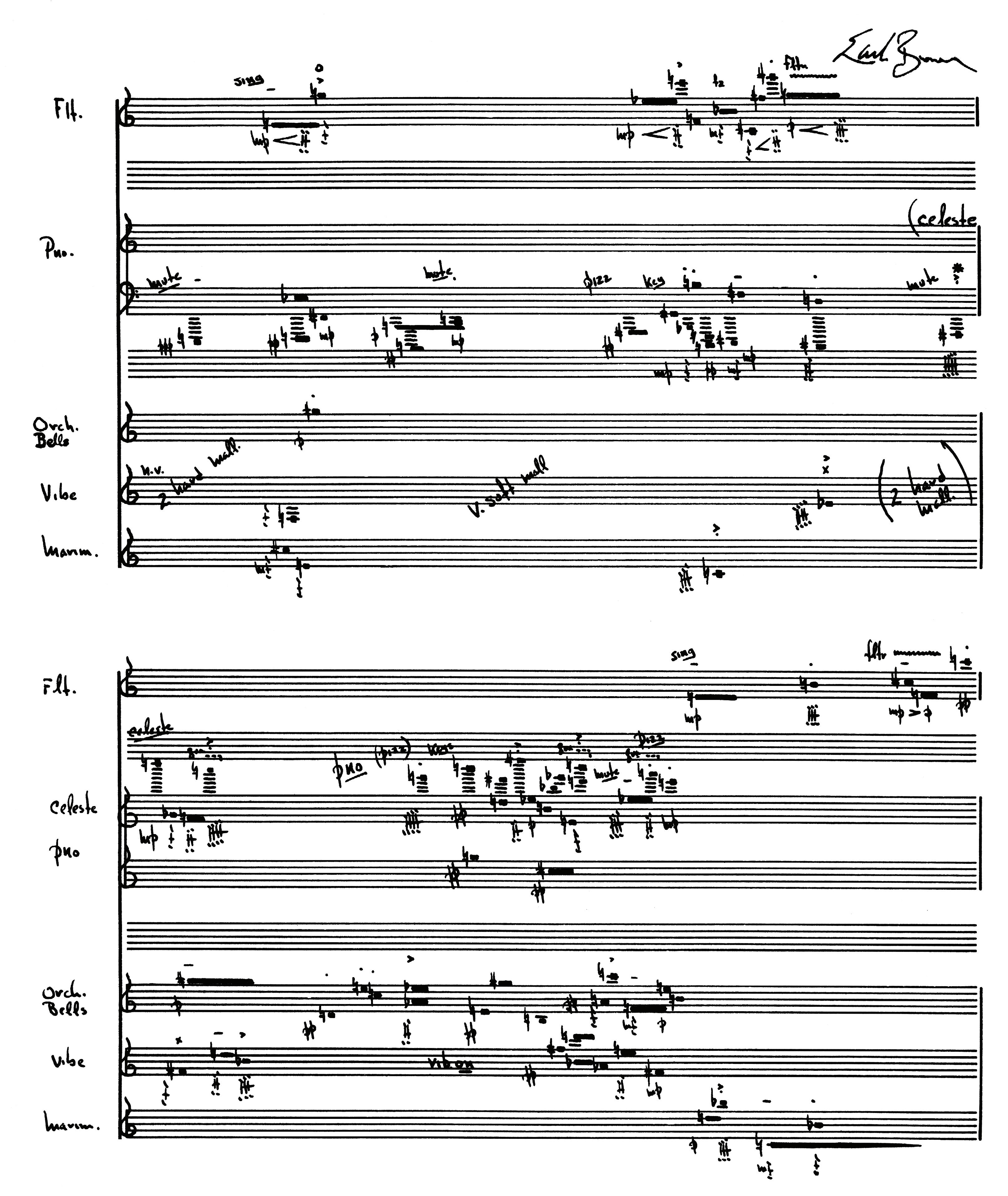
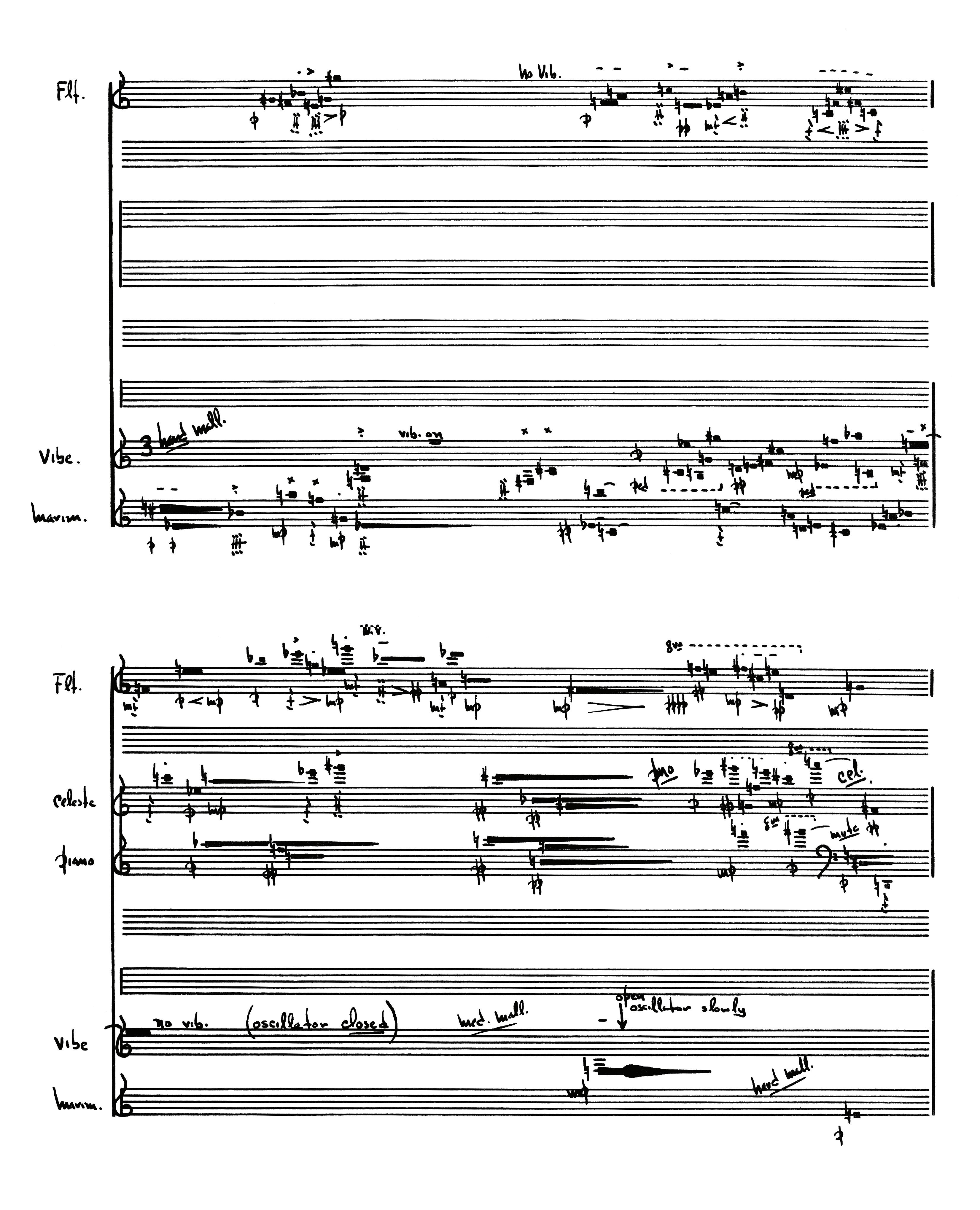

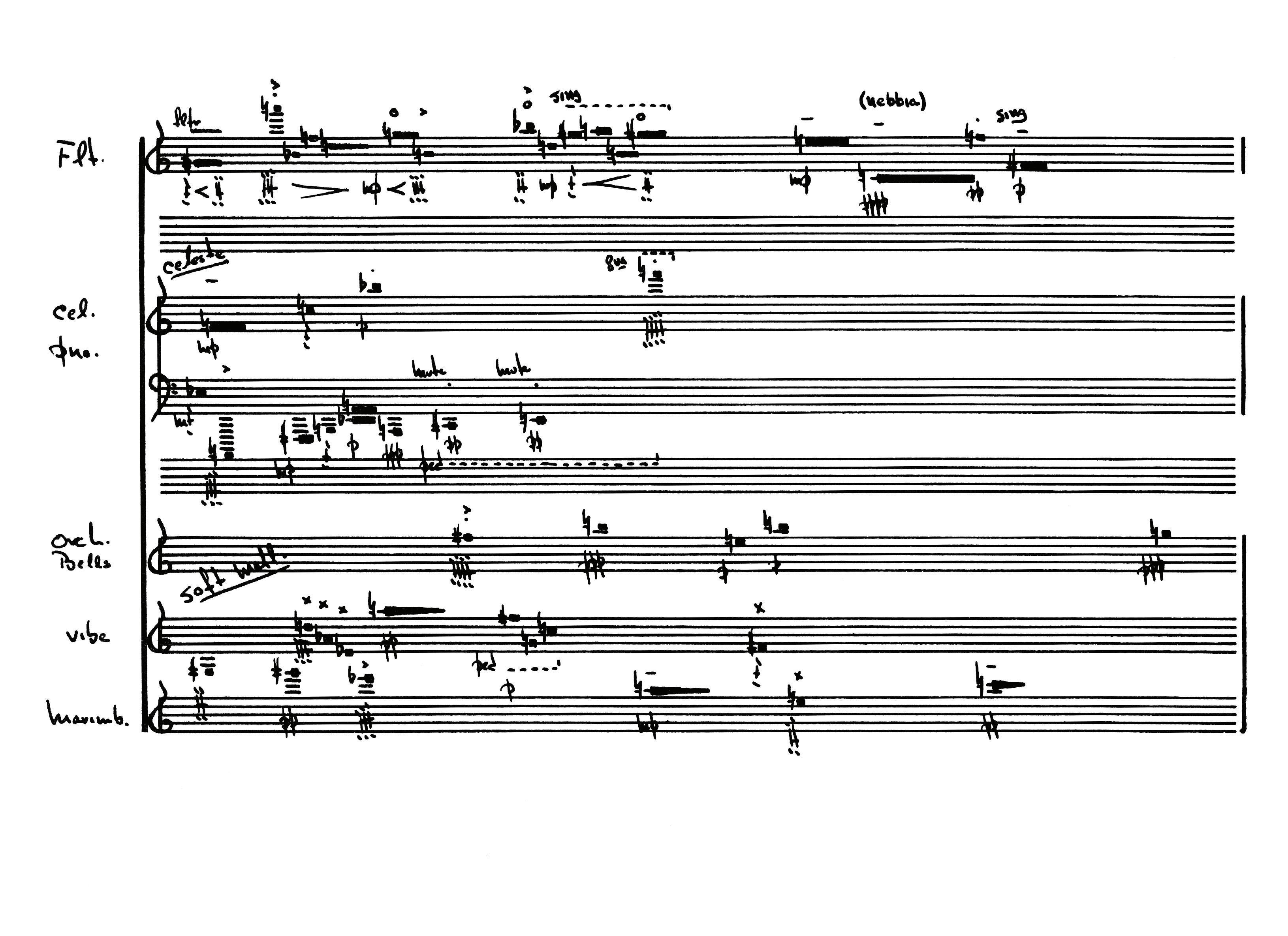

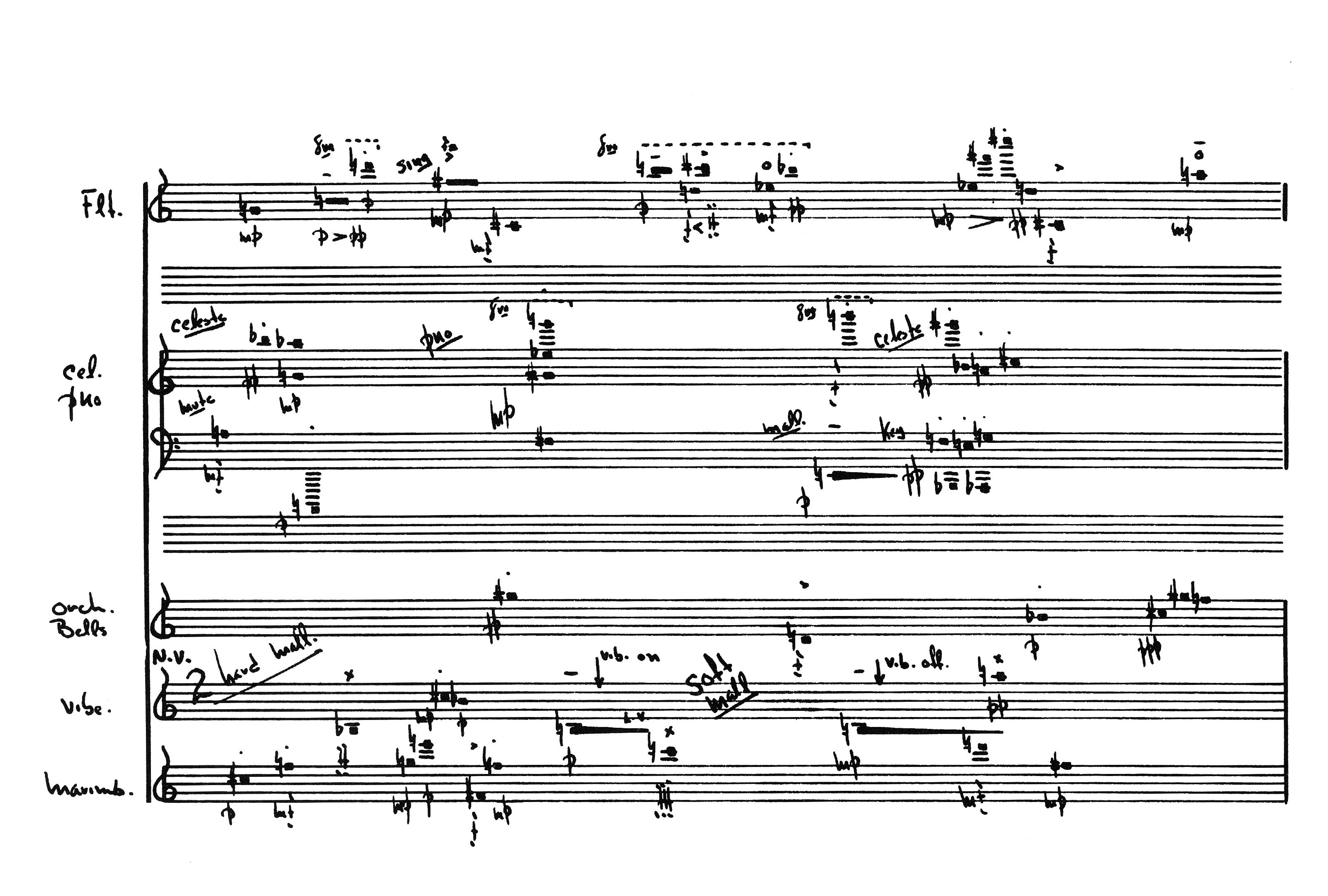
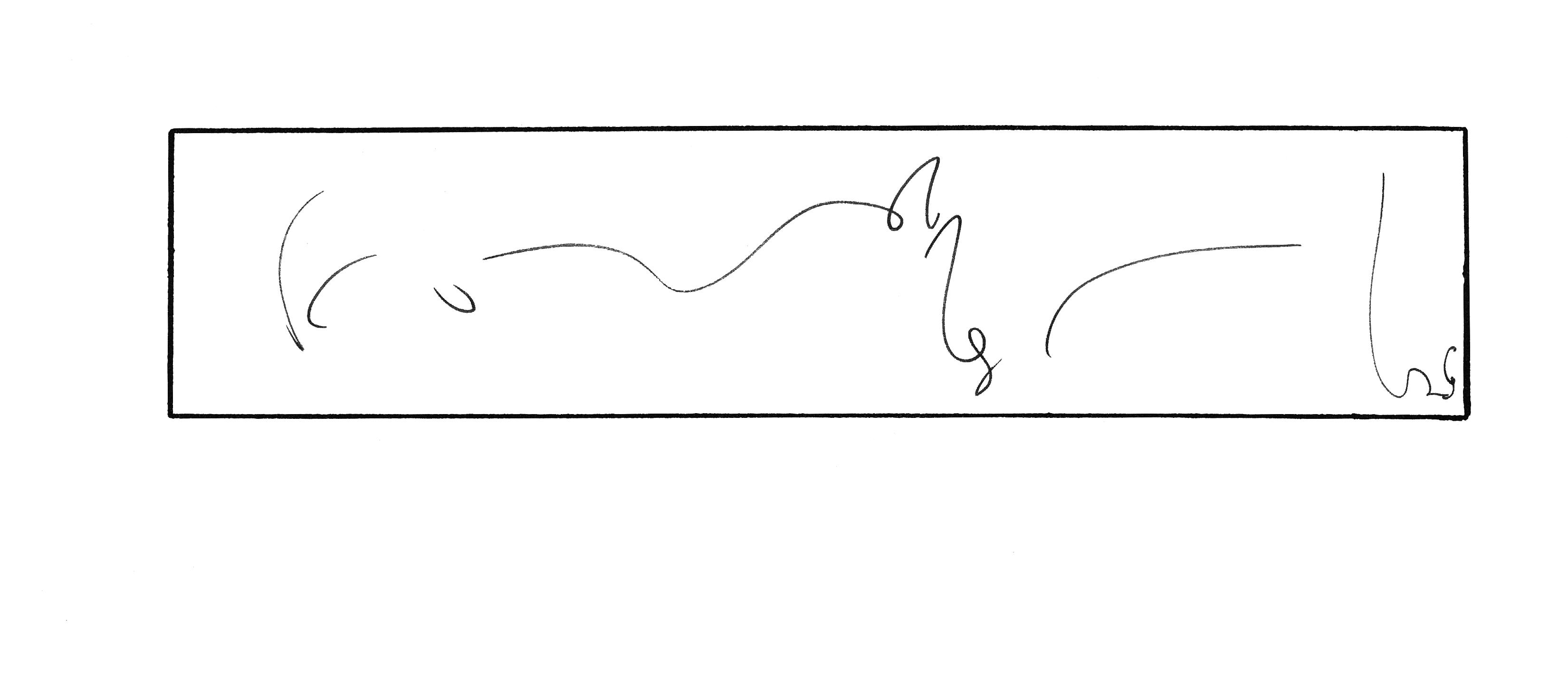
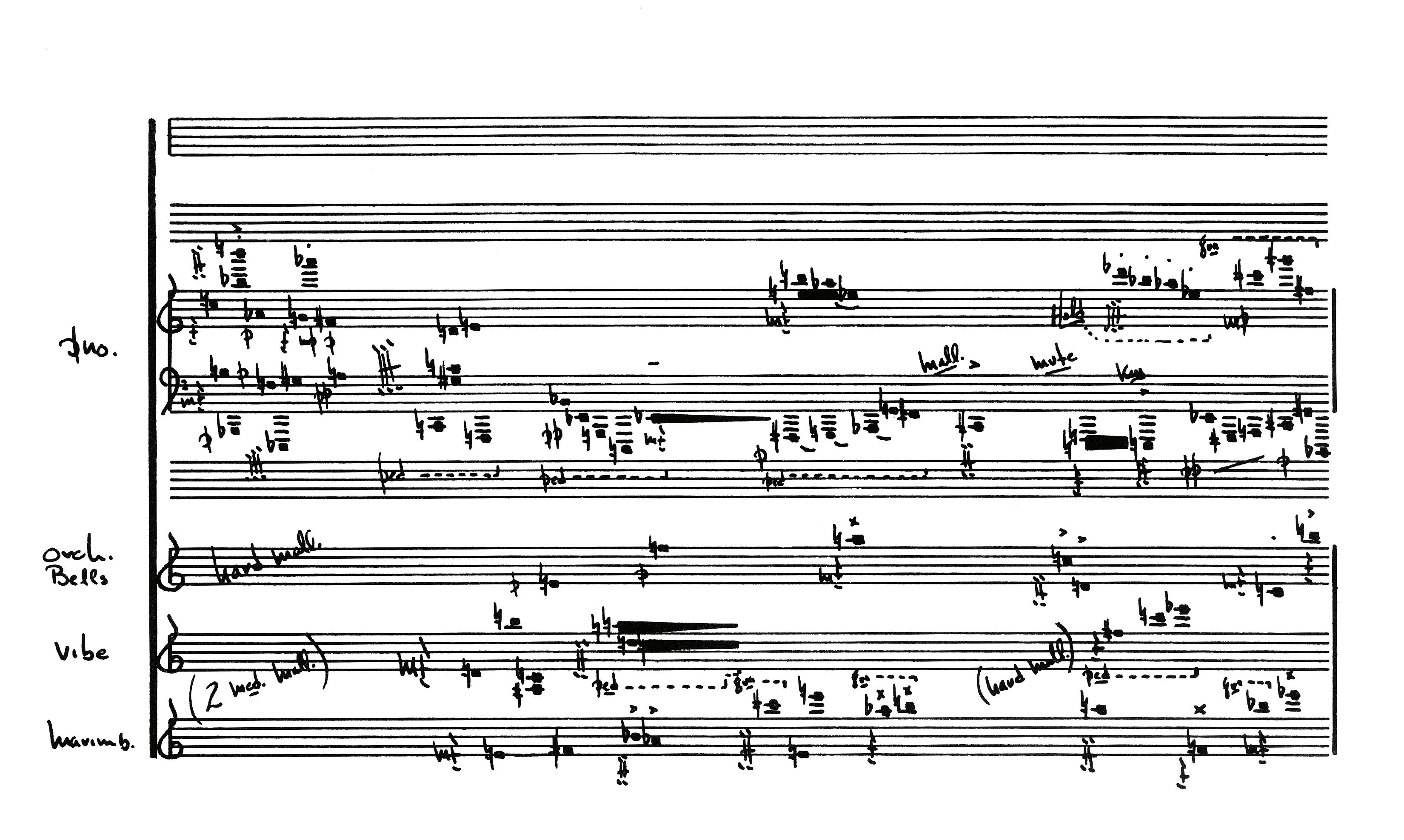
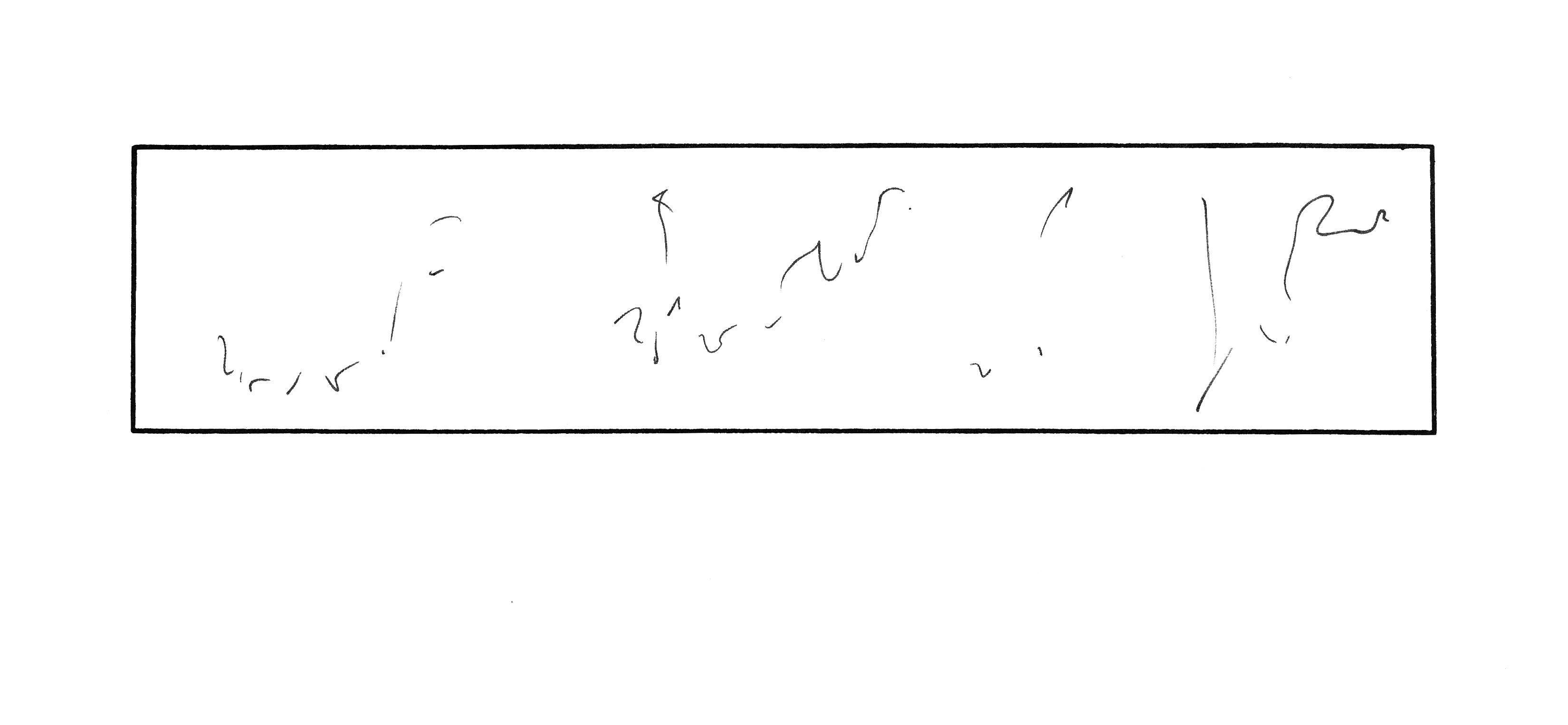

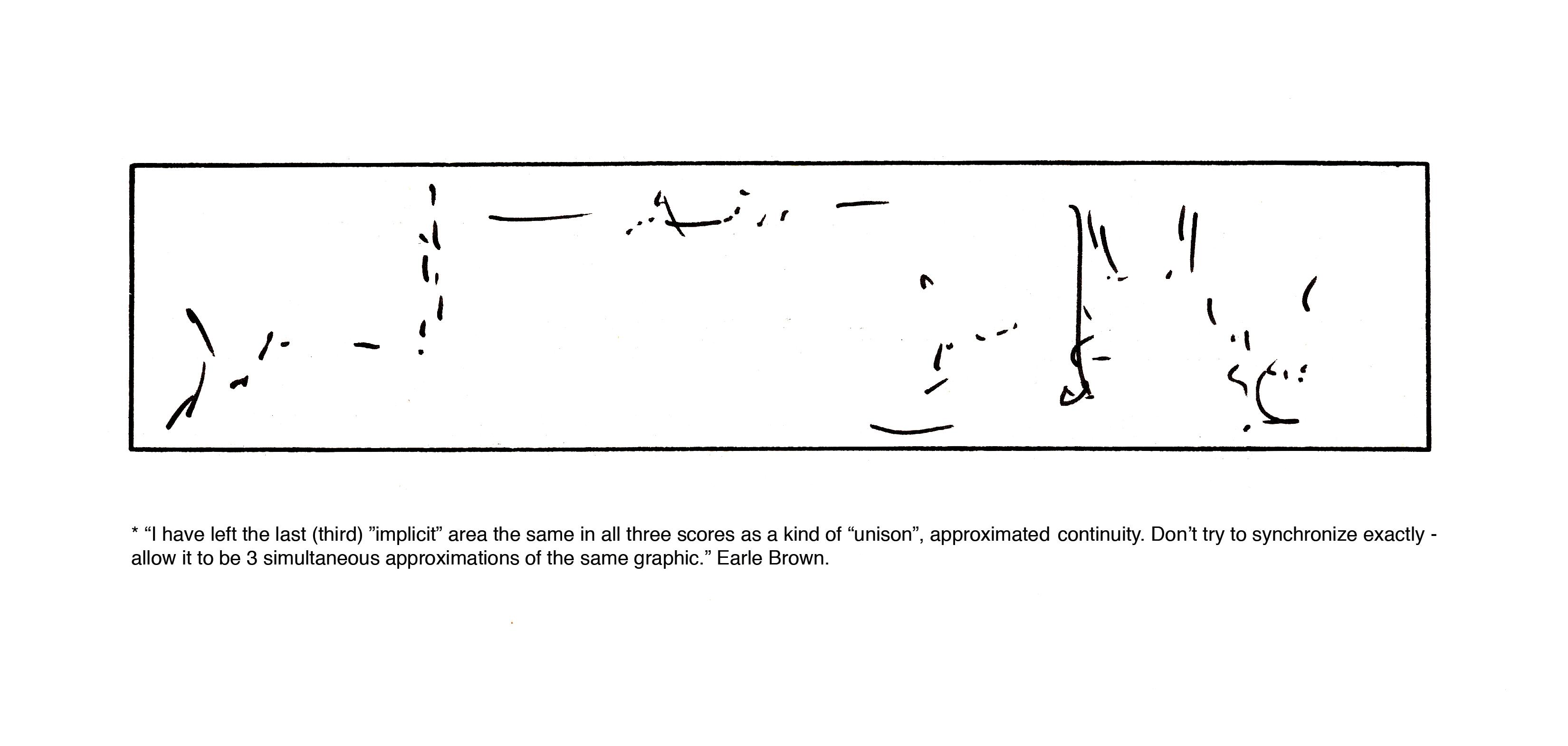


Earle Brown was born in 1926 in Lunenburg, Massachusetts, and in spirit remained a New Englander throughout his life. A major force in contemporary music and a leading composer of the American avantgarde since the 1950s, he was associated with the experimental composers John Cage, Morton Feldman and Christian Wolff, who – together with Brown – came to be known as members of the New York School. Brown died in 2002 at his home in Rye, New York.
Earle Brown wurde 1926 in Lunenburg, Massachusetts, geboren und blieb im Geist ein Leben lang Neuengländer. Ab den 1950er Jahren war er eine treibende Kraft in der zeitgenössischen Musik und einer der führenden Komponisten der amerikanischen Avantgarde. Enge Verbindung unterhielt er zu den experimentellen Komponisten John Cage, Morton Feldman und Christian Wolff, mit denen gemeinsam er später der sogenannten New York School zugerechnet wurde. Brown starb 2002 in seinem Haus in Rye, New York.